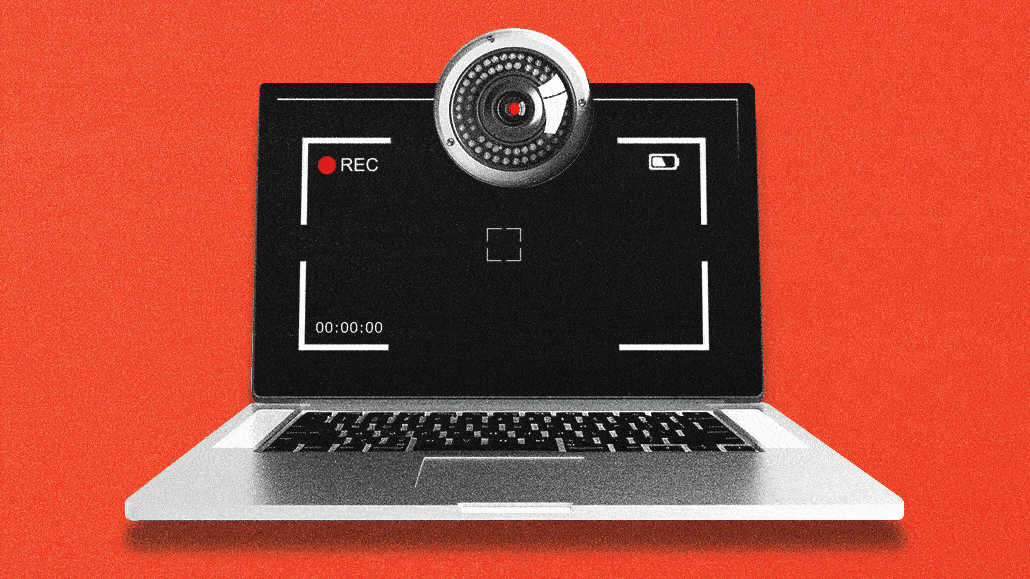
This article is a WTF explainer, in which we break down media and marketing’s most confusing terms. More from the series →
Retail media networks have been getting a lot of attention lately, touting first-party data to marketers desperate to get as much personal data as they can to better target shoppers. All the hype, however, caught the attention of the Federal Trade Commission last month, which announced that it was looking into how that customer data is being used to determine retail prices.
It’s a practice called surveillance pricing, at least that’s what the FTC is labeling it.
So what is it and how does it tie into the retail media boom?
What is surveillance pricing?
Surveillance pricing, as the FTC defines it, is “pricing products and services that incorporate data about consumers’ characteristics and behavior.” Industry experts have also called it dynamic pricing or personalized pricing.
It’s not a new phenomenon, per se. Sellers have long since used things like home addresses or demographic makeup to determine prices. But with online shopping becoming the norm, retailers have more access than ever to consumer data, including location, demographics, credit history and browsing. Yes, browsing. Remember Google’s third-party cookies are expected to stay intact, handing off the responsibility to users to decide if they want to opt into tracking or not.
Under surveillance pricing, prices are set based on the shopper’s personal data, like shopping habits or web browsing history, based on the retailer’s own data, as opposed to the market dynamics of supply and demand.
If it’s not new, why are we talking about it now?
The practice of surveillance pricing has raised alarms with the FTC, which has recently ordered eight companies, including Mastercard, Revionics, Bloomreach, JPMorgan Chase, Task Software, PROS, Accenture, and McKinsey & Co., to provide information on their use of AI and customer data to target individual consumers.
But it also ties into the growth of the retail media network space. Over the past few years, in light of Google’s now-defunct plan to kill third-party cookies, retailers started cashing in on their shopper data, whether that be building their own retail media networks or hocking that first-party data to marketers. Notably, data capturing and processing has only been expedited by the evolution of machine learning and generative AI.
“Surveillance pricing is what has come around to be more frequent [in discussion] because it’s using first-party data, my shopping habits and those types of things that [retailers] are just coming up to speed or being a little bit more transparent about what data they are capturing and what they have,” said Kevin Amos, partner at Brunner marketing agency.
So how is dynamic pricing different from surveillance pricing?
Dynamic pricing is based on basic economics: supply and demand. Surveillance pricing is based on an individual’s personal characteristics and behavior tracked by retailers, per the FTC.
“[With] the surveillance pricing, which again appears to be based on different factors, it’s more like, ‘What do we think this person can pay based on certain indicators that we’re getting?’ as opposed to ‘What are they willing to pay at the moment based on supply and demand?’,” said Ethan Goodman, evp of digital commerce at Mars United Commerce.
The key difference is what data is being used to set the price.
This contrast has played out among consumers before. Back in February, Wendy’s caught itself in a digital firestorm when word got out that the restaurant chain would start testing dynamic pricing, using artificial intelligence algorithms to help set who would pay how much, according to NerdWallet. Consumers called it price gouging and Wendy’s has since published statements to clarify it wouldn’t raise prices in busy times. Instead, per the company’s statement, the burger chain’s digital menu boards would allow for changes to menu offerings at different times of day, offering discounts, particularly in the slower times of day.
And the FTC sees ‘surveillance pricing’ as price gouging as well?
Not necessarily. As it stands right now, the FTC is asking for data from the aforementioned companies to better understand surveillance pricing, given consumers aren’t actively aware of how much data is collected via online browsing and shopping, per the FTC. It’s unclear if said companies have started response efforts.
“The surveillance pricing, I think, which has come under question from the FTC, is because you’re using personal shopping habits, personal information to deal with those things,” said Amos.
So what now?
That’s to be determined. As FTC Chair Lina M. Khan puts it, the FTC is aiming to “shed light on the opaque layer of middlemen that may enable this surveillance pricing.” It may, however, put pressure on retailers to be more mindful about how far they can take consumer data.
“As retailers harness first-party data to personalize shopping experiences, it’s crucial to ensure these practices are transparent, fair, and compliant. Personalization should enhance consumer trust, not exploit it,” Chance Chapman, evp of innovation, growth, media and commerce at VML ad agency, said in an email.
Notably, privacy and big tech have been under more scrutiny with everything from the TikTok ban to Google’s recent antitrust ruling. With election season looming, more changes could be coming under a new administration.
More in Marketing

In Graphic Detail: Why YouTube is a genuine threat to Netflix
Digiday has charted exactly how YouTube is a real threat to Netflix, due to its dominance of watch time, user base and its ability to totally reshape viewing behaviors.

At Ebiquity, a new role signals marketing’s shift from metrics to meaning
Marketing has no shortage of data. Ebiquity is betting on judgement.

Lowe’s wants to do more with AI shopping in 2026
Mylow, a shopping assistant powered by ChatGPT that launched in March, is already driving double the conversion rate for online shoppers.








